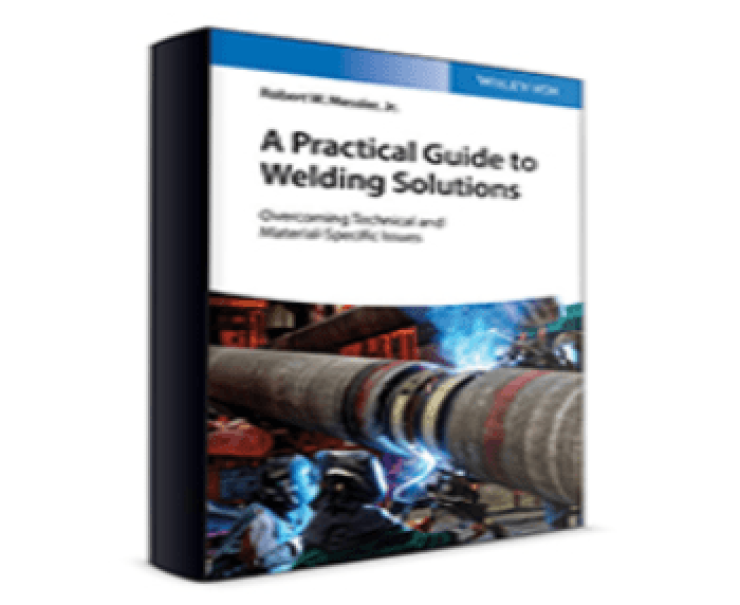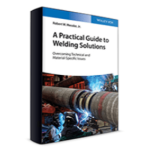As critically important as welding is to a wide spectrum of manufacturing, construction, and repair, it is not without its problems. Those dependent on welding know only too well how easy it is to find information on the host of available processes and on the essential metallurgy that can enable success, but how frustratingly difficult it can be to find guidance on solving problems that sooner or later arise with welding, welds, or weldments.
Here for the first time is the book those that practice and/or depend upon welding have needed and awaited. A Practical Guide to Welding Solutions addresses the numerous technical and material-specific issues that can interfere with success. Renowned industrial and academic welding expert and prolific author and speaker Robert W. Messler, Jr. guides readers to the solutions they seek with a well-organized search based on how a problem manifests itself (i.e., as distortion, defect, or appearance), where it appears (i.e., in the fusion zone heat-affected zone, or base metal), or it certain materials or situations.
Table of Contents
- Introduction
- Categorization of Welding and Weld Problems
Part I Manifestation of Problems with Welds and Weldments
- Problems with Joint Setup and Weld Joints
- Shape Distortion, Dimensional Shrinkage, and Geometric Instability
- Porosity
- Cracks
- Nonmetallic and Metallic Inclusions
- Weld Appearance
Part II Location of Problems in Welds
- Fusion Zone of Fusion Welds
- Partially Melted Zone of Fusion Welds
- Heat-Affected Zone of Fusion Welds
- Unaffected Base Metal Cracking Associated with Welding
- Discontinuities in Multi-pass Welds
- Problems with Non-fusion Welding and Non-Fusion Welds
Part III Material-Specific Weld-Related Problems
- Embrittlement of Carbon and Low- and Medium-alloy Steels
- Sensitization or Weld Decay and Knife-line Attack in Stainless Steels
- Stress Relief Cracking of Precipitation-Hardening Alloys
- Loss of Properties in Cold-Worked Metals and Alloys
- Embrittlement with High-chromium Contents
- Weld Dilution and Chemical Inhomogeneity
- Dissimilar Metal and Alloy Welding
About the Author
Robert W. Messler, Jr., Ph.D., FASM, FAWS, is Emeritus Professor of Materials Science & Engineering at Rensselaer Polytechnic Institute, Troy, NY. His career spans more than four decades in diverse areas of advanced materials and processes in public and private industry and in academia, with unparalleled expertise in all aspects of joining. This “engineer who teaches” has authored more than a hundred technical papers and seven other engineering books. A Practical Guide to Welding Solutions being the logical complement to his renowned Principles of Welding, also by Wiley.

